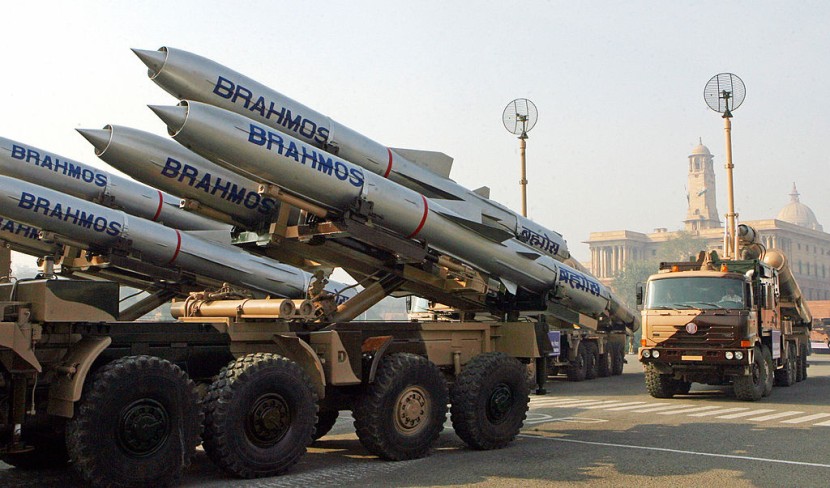
BrahMos supersonic cruise missiles developed by India with Russian collaboration have successfully inked a deal with the Philippine government.
After the defense deal, the next step is to offer it as an alternative to the US Harpoon ship killer as Delhi is looking to sell these weapons to Indonesia.
Indian Weapons Systems as Alternative to US Systems
According to BrahMos Aerospace CEO Atul Rane, three to four ASEAN nations and the Middle East could purchase the weapons within the next several years, noted TASS.
Oman is looking into getting a set of the supersonic cruise missiles, remarked Rane.
If a good agreement is achieved with Indonesia, it will become the second Asian country after Manila to receive a defense contract. In January, a $375 million contract was signed for three ground-launched versions of the India-made ship killer, reported the EurAsian Times.
In 2018, Indonesia expressed interest in purchasing the Indo-Russian cruise missile; afterward, experts from the armaments industry visited a Surabaya shipyard to see how the missiles could be fitted to Indonesian Navy warships, according to the Hindustan Times.
The latest developments in the talks with Jakarta are on the agenda for the Indonesian Defense Minister's state visit to India in July 2020.
Indonesian planners desire the offensive potential of the BrahMos supersonic cruise missiles, and the short-range weapon outfitted with a ramjet can be deployed on numerous platforms. The home-grown missile's top speed of Mach 2.8 is a positive.
New Delhi intends to finalize more agreements, including one with Indonesia, by the end of 2022. As a major defense supplier, BrahMos intends to export additional armaments worldwide.
ASEAN states prefer this Russian-Indian collaboration weapon over the US Harpoon missile. Except for Taiwan, no deal has been struck despite the US's leverage over these countries.
US Harpoon vs. Indian BrahMos
A Harpoon is a stand-off distance missile with a subsonic, explosive warhead that can be directed till it explodes on a preset target. Its warhead weighs 224 kilograms and is designed to deliver a concentrated burst.
Capable of launching from numerous platforms, it also underwent several variations and developments. The Block 2 Harpoon is less vulnerable to electronic and physical spoofing and has improved targeting and other enhancements.
BrahMos is one of the few that travels at nearly Mach 3, making it difficult to hit while reaching terminal velocity. Kinetic weapons can more successfully attack subsonic US weaponry.
The Indian defense included a design with minimal radar return, which could deceive Aegis radar systems.
The Block II Harpoon has a range of 240 kilometers, although the BrahMos outreaches that by 40 kilometers. The Indian missile's warhead weighs 200-300 kilos instead of 224 kilograms.
Both can be launched from planes, boats, and submarines; unlike its competitor, the Indian superfast missile can be launched from a ground launcher.
The Philippines chose a ground-launched ship-killer, whereas Indonesia received a battleship-deployed variant. Unlike its American counterpart, the Indian weapon emphasizes adaptability.
Despite its antiquity, the Harpoon is tested and operated by various US allies; it flies slowly, has an outmoded radar homing system, and is a weapon similar to Indonesian Exocets.
BrahMos has emphasized versatility in its excellent design by BrahMos Aerospace, giving customers many ways to deploy.
Deployment of BrahMos supersonic cruise missiles is excellent multiple launch modes and systems in modern missiles package that ASEAN will be interested in. Even the US harpoon needs to amp its specs in a more advanced combat arena.
Related Article: China Brandishes 'Hypersonic Aircraft Carrier Killer' as Indo-Pacific Seethes Over Pelosi Trip








